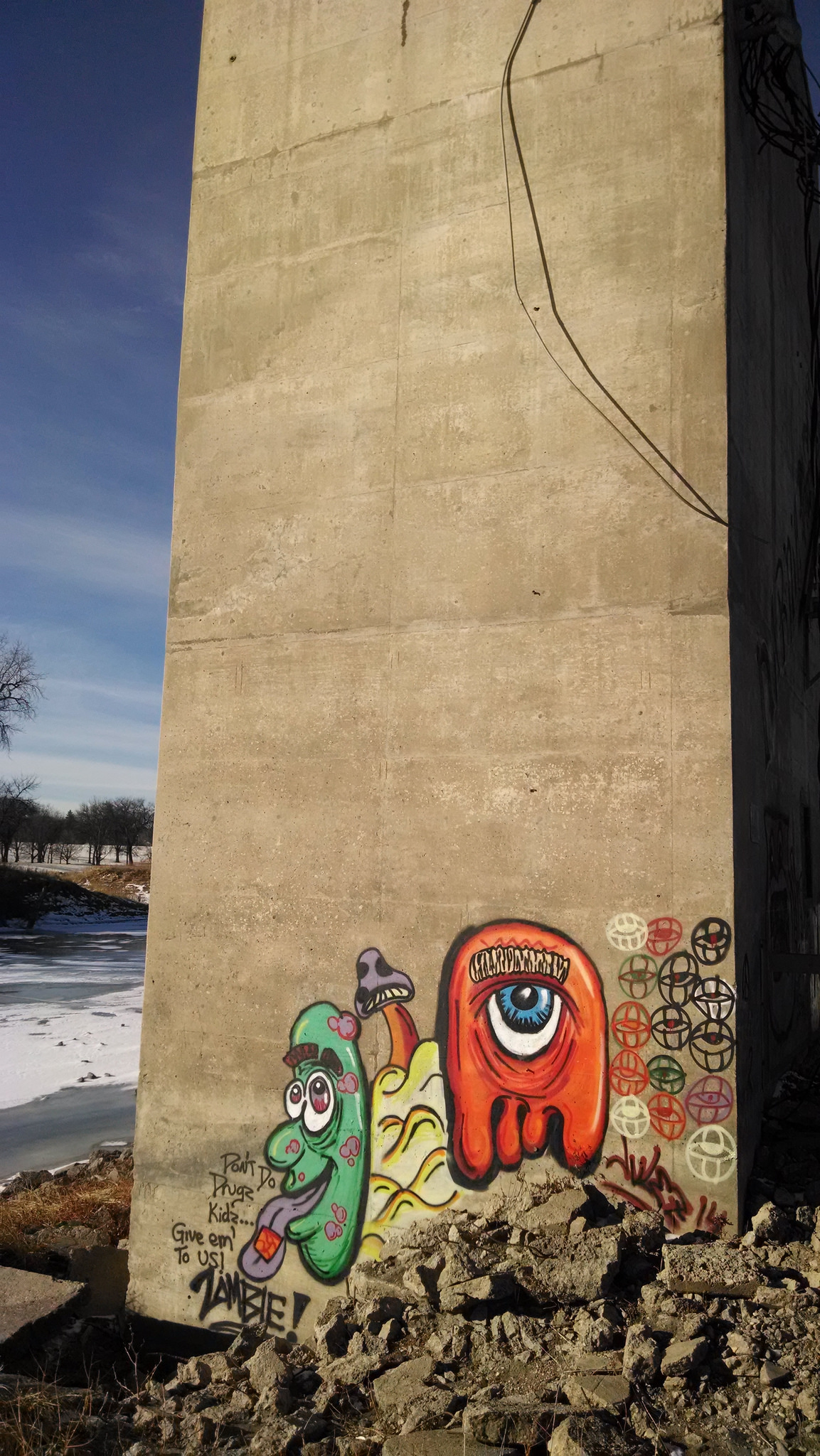When I was still in grad school (was that over a year ago?) the common theme was that everyone was too busy to do anything except what they were doing (or what they decided they wanted to do). “Busyness” is of course the way Academia likes to define its worth, and that trickles down fairly rapidly to the proletariat. Advisors are so busy they have no time to meet with grad students; grad students are so busy they have no time to meet with undergrads they are teaching…and everyone talks about it all the time. I’ve seen this since I’ve started my current job, but only tangentially, and I blame circumstances more than culture (maybe more on this later). In many places, chronic busyness is a badge of honor, because if you aren’t scrambling, you aren’t trying to do all the things.
This brings me to bicycle commuting, of course. I ride to work every day, year round, and have done so for at least five years now. It’s not a long commute. For the record, I had a vehicle during grad school, and now we have a family vehicle, but I don’t use it to commute. What I’ve noticed about commuting (and speaking with other commuters) is a similar badge of honor: how much your ride here sucked. This can be expressed in number of drivers (“there was so much traffic”), as quality (“man, I saw so many bad drivers today”), or as machine bringers of death (“I almost died so many times last year”).
The problem with all that is the difference between talking to fellow commuters about this (“I feel your pain”) and talking to the rest of your social circle (or strangers). It’s a mixed message, especially when speaking with people who don’t commute by bicycle. On one hand, you’re trying to convince them (aren’t we all?) by telling them how wonderful it is (the exercise! the sights and sounds! the freedom! the savings!)…and on the other hand you’re complaining about how much it sucks. That’s right–all that “poor me, I almost died” is turning people off to commuting! Isn’t that crazy? If you were listening to this, which side would you believe?





